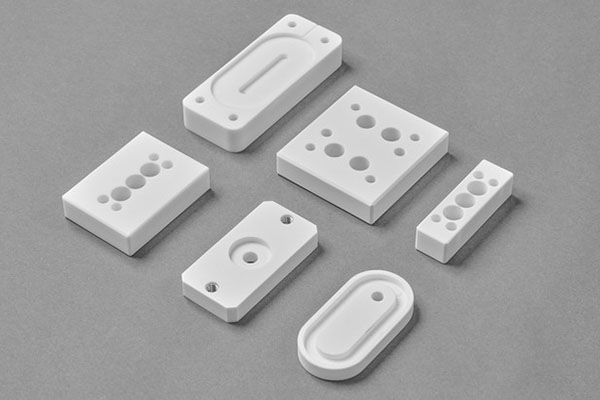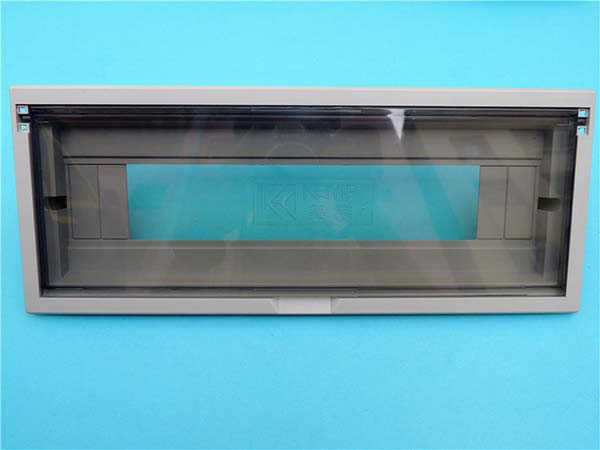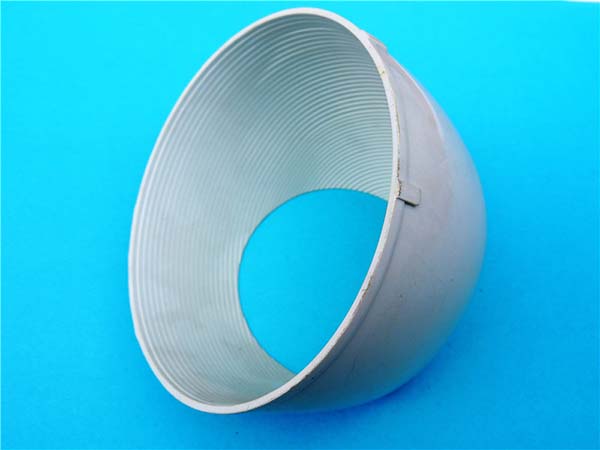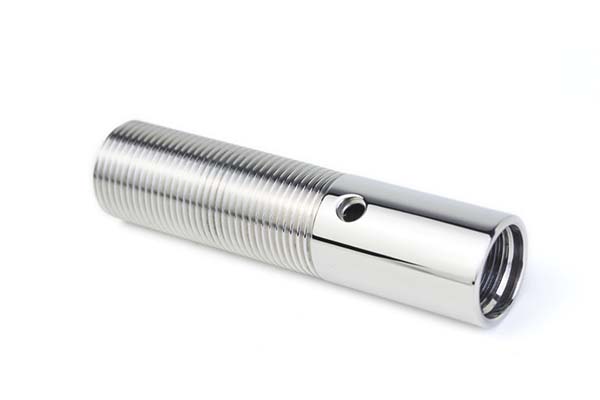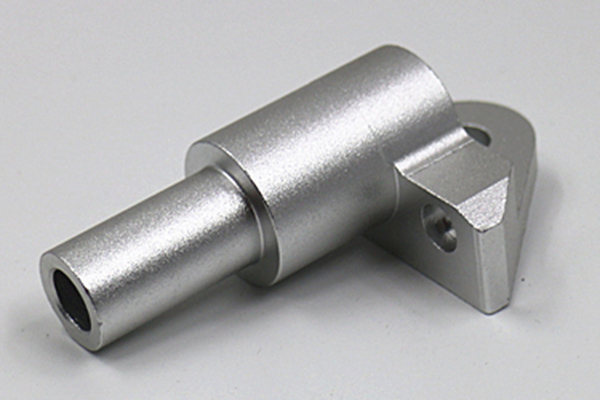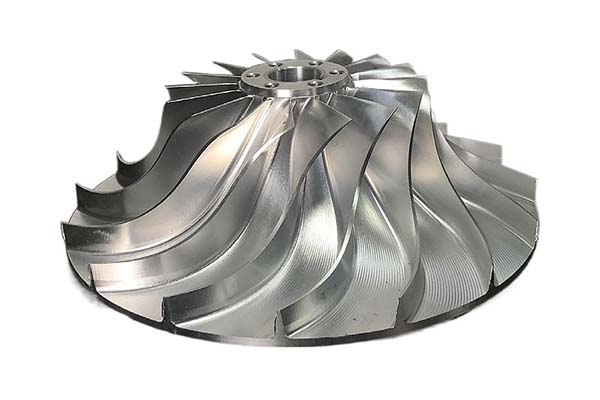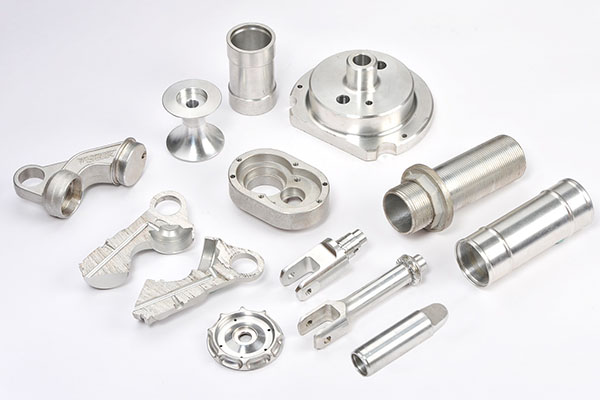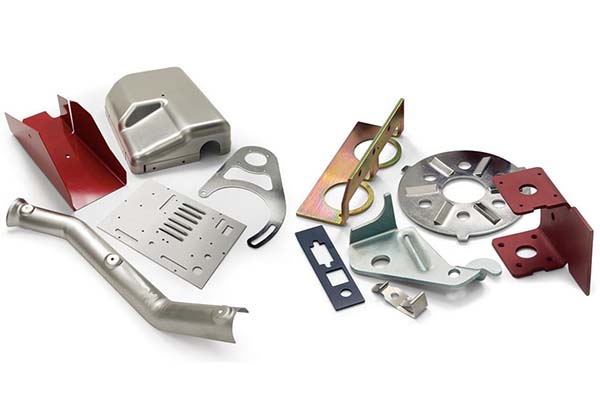Introduction to Liquid-Based Rapid Prototyping
Liquid-based rapid prototyping leverages liquid photopolymers and digital light processing (DLP) technology to create highly detailed three-dimensional objects quickly and efficiently. By enabling rapid iteration and testing directly from digital models, this technology reduces the time, cost, and constraints of traditional prototyping methods. It has revolutionized industries like medical, aerospace, and consumer goods by enhancing precision, expanding design possibilities, and accelerating time-to-market for new products.
Core Principles of Liquid-Based Rapid Prototyping
What is Liquid-Based Rapid Prototyping?
Liquid-based rapid prototyping uses liquid resins that solidify when exposed to ultraviolet (UV) or visible light. A digital model, designed in CAD software, is sliced into thin layers, which are sequentially cured by light projections. This layer-by-layer method builds prototypes that are highly accurate and customizable, making the process ideal for both complex designs and fine-featured components.
Key Steps in the Process
- Digital Model Creation: A CAD file of the desired object is prepared and sliced into layers.
- Light Projection: A DLP machine projects UV or visible light patterns to selectively harden liquid resin.
- Layer Curing: Each layer is cured individually, with the build platform adjusting to accommodate new layers.
- Object Finalization: Once the object is fully formed, it undergoes cleaning and post-processing to meet desired specifications.
Advantages Over Traditional Prototyping
1. Time and Cost Efficiency
- Traditional Prototyping: Involves mold-making, machining, or manual assembly, often requiring weeks to produce a single prototype.
- Liquid-Based Prototyping: Delivers prototypes within hours without the need for complex tooling or labor-intensive steps.
2. Enhanced Precision and Detail
- Achieves superior resolution, often down to microns, enabling intricate designs and highly detailed features.
- Essential for fields requiring accuracy, such as medical implants and aerospace components.
3. Greater Design Freedom
- Facilitates the creation of complex geometries, hollow structures, and internal channels without traditional manufacturing constraints.
- Allows iterative adjustments with minimal lead time, supporting innovation and creativity.
Core Technologies in Liquid-Based Rapid Prototyping
Digital Light Processing (DLP) Machines
DLP machines are central to the technology. They use a digital micromirror device (DMD) to control millions of tiny mirrors that project precise light patterns onto liquid resin. This ensures high resolution, fast curing, and consistent results across layers.
Modern Features
- Real-Time Monitoring: Ensures accuracy during the build process.
- Automatic Resin Leveling: Maintains consistency in layer formation.
- Integrated Temperature Control: Optimizes resin performance for enhanced quality.
Liquid Resins
The choice of resin determines the properties of the final prototype. Types include:
- Standard Resins: For general-purpose prototypes.
- High-Strength Resins: Used in functional and load-bearing applications.
- Biocompatible Resins: Essential in medical and dental applications.
- Specialty Resins: For high-temperature resistance, flexibility, or other unique requirements.
Applications Across Industries
1. Medical and Dental
- Surgical Guides: Tailored to patient-specific anatomy.
- Dental Prosthetics: High-precision crowns, bridges, and aligners.
- Implants: Custom implants made from biocompatible materials.
2. Aerospace
- Complex Components: Lightweight parts with optimized strength-to-weight ratios.
- Prototyping and Testing: Rapid iteration of aerodynamic designs.
3. Automotive
- Functional Parts: Durable prototypes for vehicle testing.
- Custom Designs: Tailored parts for luxury and performance vehicles.
4. Consumer Goods
- Wearables and Electronics: Sleek, intricate prototypes for devices like smartwatches and headphones.
- Custom Products: On-demand production of personalized goods.
5. Jewelry and Fashion
- Detailed Castable Patterns: Prototypes for casting precious metals.
- Intricate Designs: Unique pieces unattainable with traditional manufacturing.
Workflow of Liquid-Based Rapid Prototyping
1. Digital Model Preparation
- Designers use CAD software to create a 3D model.
- The model is sliced into ultra-thin layers (e.g., 25-100 microns thick).
2. Machine Setup
- Resin is loaded into the DLP machine's vat.
- Machine parameters (e.g., exposure time, layer thickness) are configured based on the resin and design requirements.
3. Printing Process
- The DLP machine cures each layer by projecting light patterns onto the resin.
- The build platform lowers incrementally, allowing uncured resin to flow over the cured layers.
4. Post-Processing
- Cleaning: Removes uncured resin using alcohol or other solvents.
- Support Removal: Detaches supports without damaging the prototype.
- Polishing and Coating: Achieves desired aesthetics and functionality.
- Thermal Treatment: Improves mechanical properties for certain resins.
Transformative Benefits for Product Development
- Rapid Iteration
- Teams can test multiple design iterations in a single day, fostering faster decision-making and innovation.
- Reduced Waste
- Additive nature minimizes material usage, lowering costs and environmental impact.
- Accessibility
- Compact DLP machines make high-quality prototyping accessible even to smaller businesses and startups.
- Enhanced Collaboration
- Digital models can be shared globally, enabling seamless collaboration between teams in different locations.
Challenges and Solutions
Challenges
- Material Limitations: Not all materials are available for liquid-based prototyping.
- Surface Finish: May require post-processing to achieve optimal smoothness.
- Size Constraints: Limited by the build volume of the machine.
Solutions
- Material Innovation: Ongoing research is expanding the range of resins, including composites and high-strength materials.
- Advanced Machines: Newer models offer larger build volumes and improved surface quality.
- Hybrid Processes: Combining liquid-based prototyping with CNC machining or traditional methods for specific needs.
Conclusion
Liquid-based rapid prototyping revolutionizes product development by enabling faster, more precise, and cost-effective creation of prototypes. Its unique ability to produce complex designs with exceptional detail has transformed industries ranging from healthcare to consumer electronics. As the technology continues to evolve, it promises even greater versatility and efficiency, empowering designers and engineers to push the boundaries of innovation and bring products to market with unprecedented speed and accuracy
